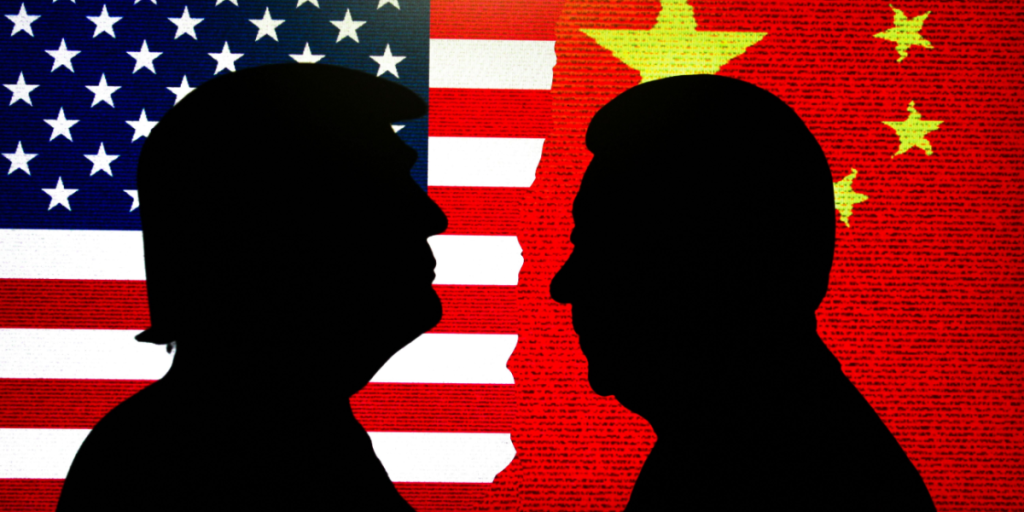In fact, Trump might be strengthening his worst enemy.
Others are reading now
In fact, Trump might be strengthening his worst enemy.
Trumps big vision
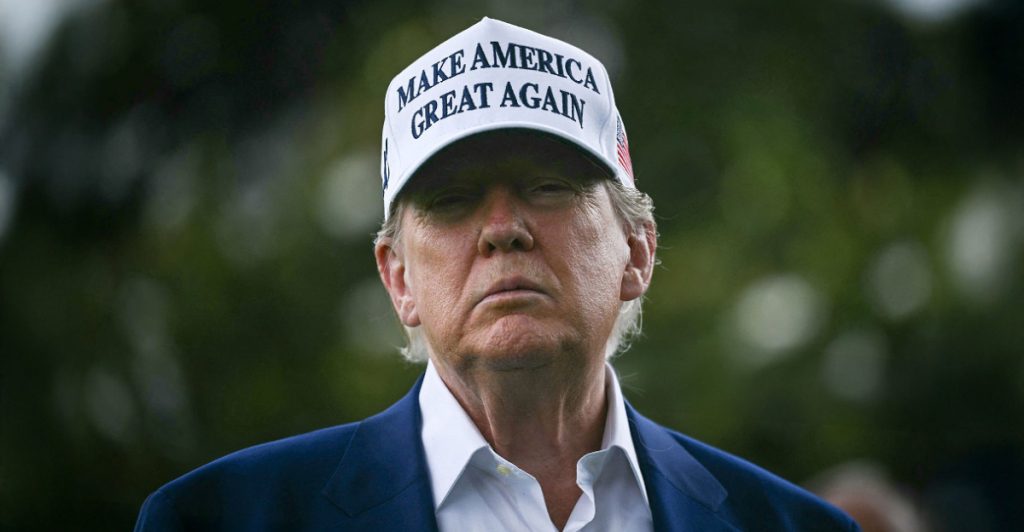
During both of his presidential campaigns, Donald Trump promised the American voters to “Make America Great Again”.
What that actually means would normally vary in the eyes of the beholder, but looking back at the first eight months of Trumps second term as the US President, we now know what HE believes it means.
Mass-deportations and trade deficit

During his campaign, Donald Trump promised to strike down hard on immigrants in the U.S., and ICE has been beefed up considerably since Trump took office again.
Furthermore, Trump wanted the U.S. to get new trade deals, citing the U.S. trade deficit as proof why the U.S. is being exploited by trading partners.
Also read
The sweeping tariffs
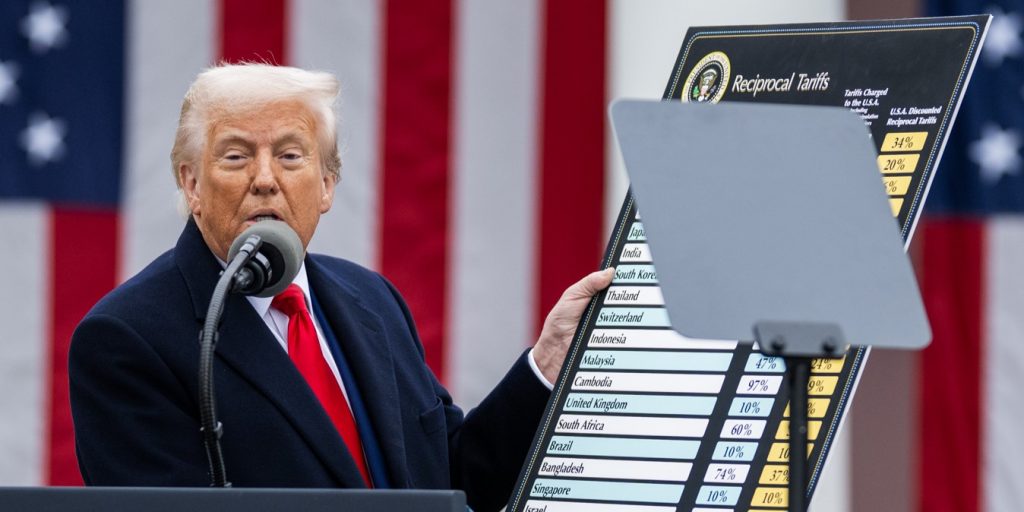
On April 2nd 2025, Donald Trump announced his sweeping tariffs against more or less every other country in the world – a day, he called “Liberation Day”.
Since then, the phones have been glowing red as U.S. trading partners try to reach a new trade deal.
U.S. vs. China trade war
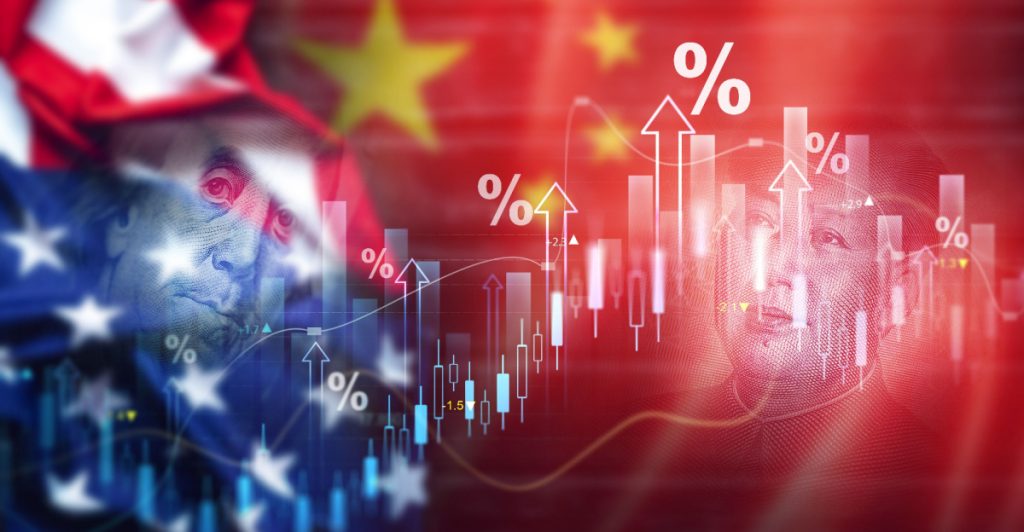
The most notable trade war brought on by Trump was his face off with China, which saw both countries continue to out-bid the other with increasing tariffs.
But picking China as the main opponent in a trade war may have been one of Trump’s worst mistakes during his precidency yet.
An economic superpower
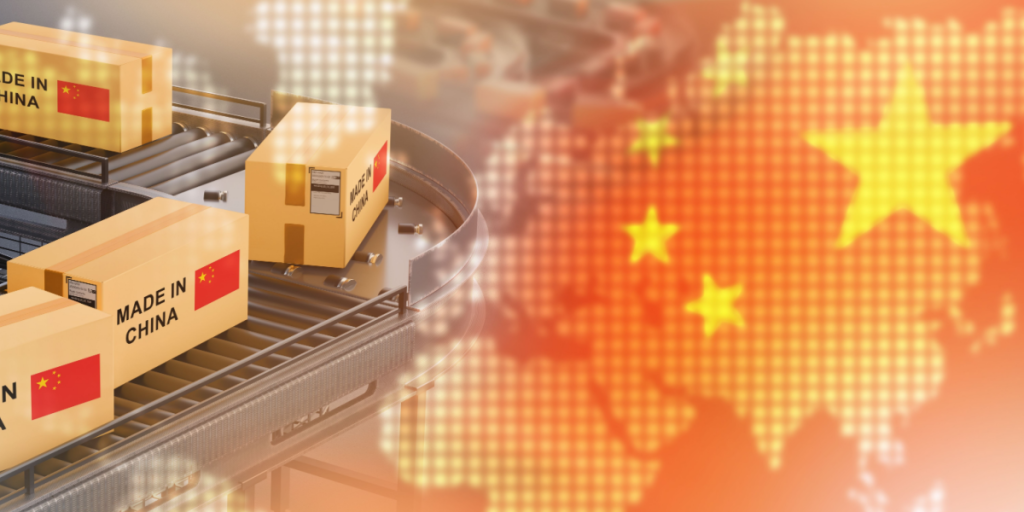
Both the U.S. and China are global economic superpowers, which means that China is the one opponent that is actually able to absorb the economic pain brought on by a trade war.
Also read
The rare metals trump card
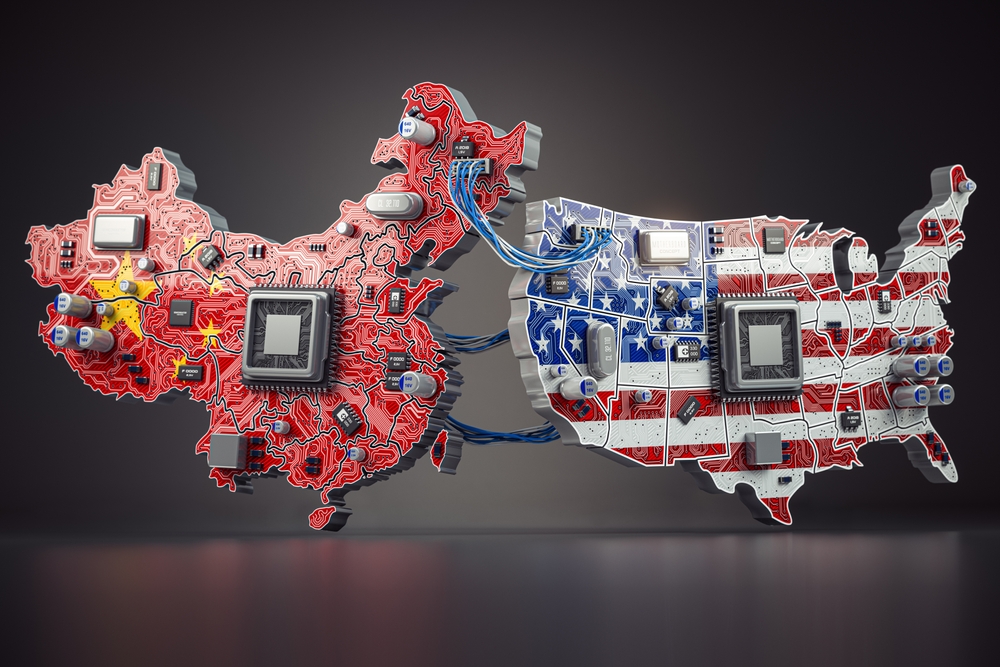
Furthermore, China holds a trump (no pun intended) in the form of rare metals crucial for the U.S. tech industry as well as military applications.
Trump has introduced temporary exemptions from the tariffs, including eletronics such as smartphones and solar panels – the first sign of how the U.S. is relying on US-China trading relations.
The secondary tariffs
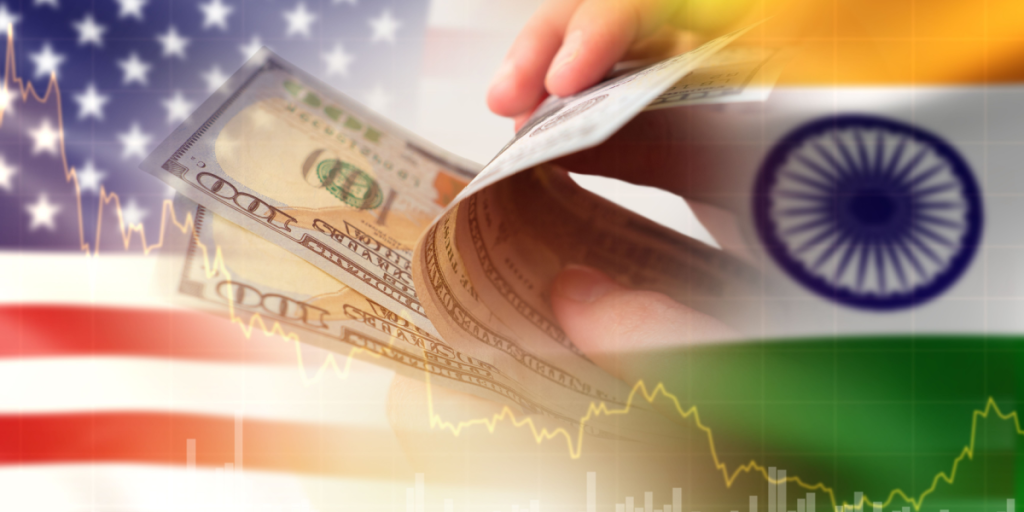
In a bid to force Russia’s president Vladimir Putin to the negotiation table, Trump announced secondary tariffs on every country that buys oil from Russia.
This included China and India, the latter being hit with a 25 % extra tariff on top of the 50 % baseline tariff, in late August.
India refuses to budge
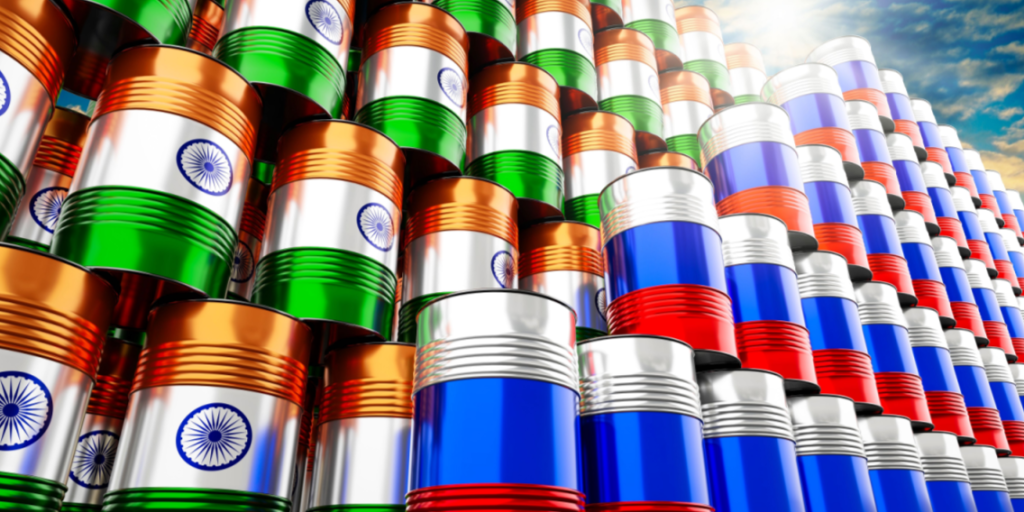
The tariffs were ment to force main Russian trade partners to stop buying Russian oil in order to keep a good trading relationship with the U.S.
Also read
Instead, it had the opposite effect, as the recent Beijing summit showed.
The China-India-Russia meeting

More than 20 heads of states headed to Beijing to participate in the Chinese miliary parade, commemorating the 80th anniversary of the end of WW2,
Amongst the heads of states were Russian president Vladimir Putin – and Indian PM, Narendra Modi.
30 years of work obliterated
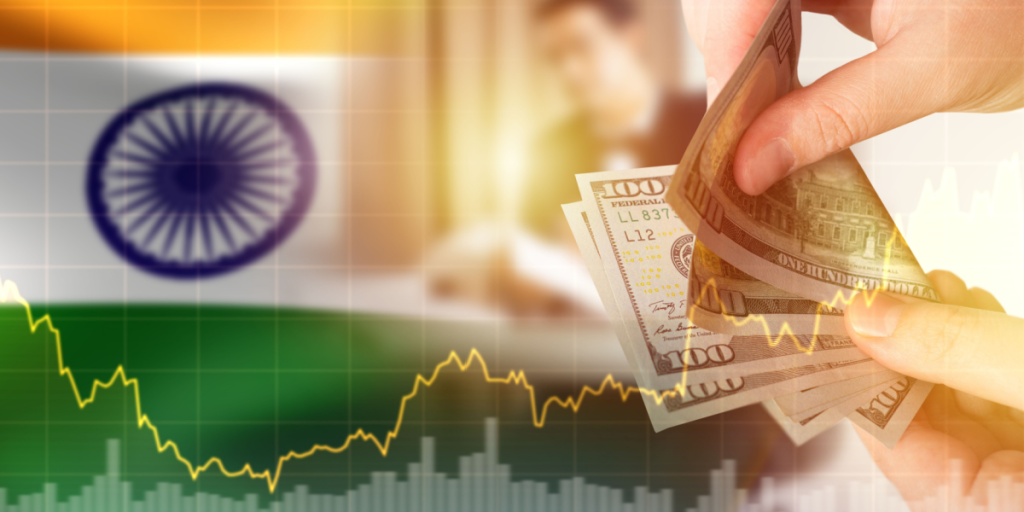
For decades, both Democrat and Republican presidents have tried to keep India away from forming closer ties to China.
As evident by Modi’s appearance in Beijing, all of this work has now been wiped out.
Also read
Trump’s misreading of India
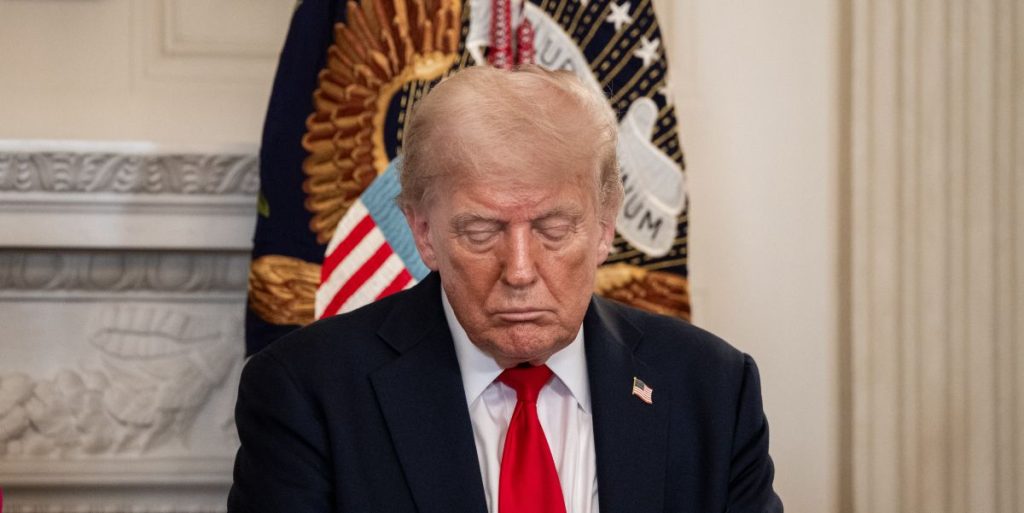
The world’s most populated country has a long history of colonization, and the Indian mentality is that the country will not let itself get bullied into acting in a certain way.
A mentality, Trump either ignored or simply did not know about when he threatened with secondary tariffs.
Other notable countries in Beijing
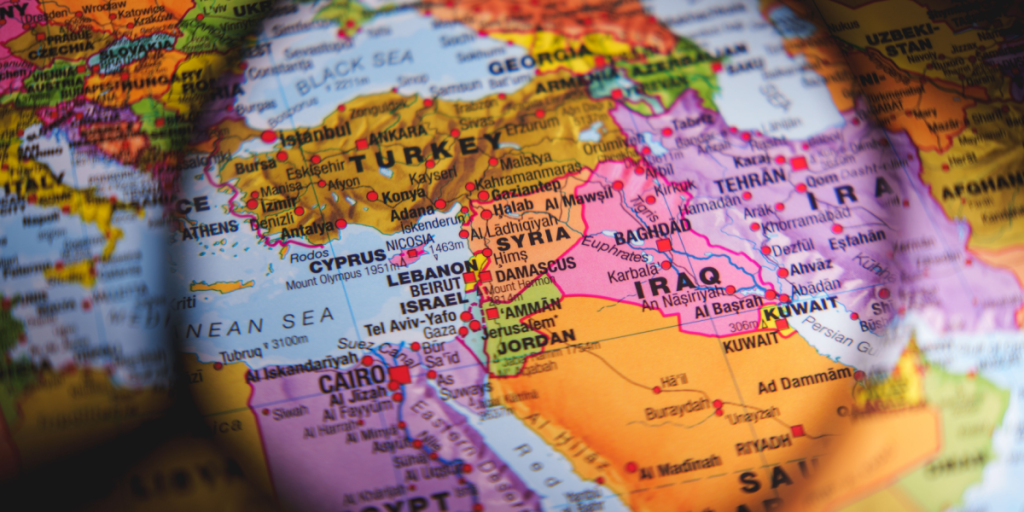
The most notable heads of states at the Beijing summit was undoubtably Putin, Modi and North Korean leader Kim Jong-Un.
But other longtime U.S. trade partners shower up as well, including Egypt and NATO-country Turkey.
T.A.C.O.
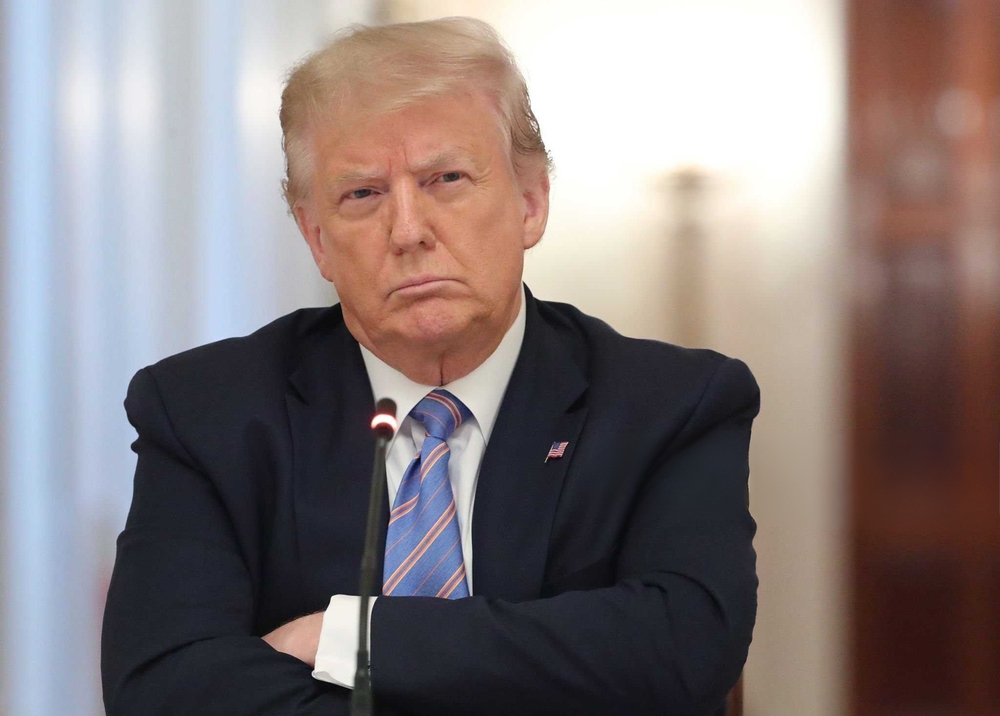
Ever since announcing the sweeping tariffs in early April, Trump has backed down on some tariffs, postponed negotiating deadlines and much more.
Also read
It has even coined the term T.A.C.O. – Trump Always Chickens Out.
And that might be – but that is not a reliable partner.
The enemy of my enemy

Even though China and India have a long history of disagreements and fighting, Modi’s attendance in Beijing shows that the old saying of “the enemy of my enemy is my friend” still holds true.
With Trump as a potential enemy to the Indian economy, Modi is seeking alternatives, and that alternative might very well be China.
Jinping pushing new “Global South”
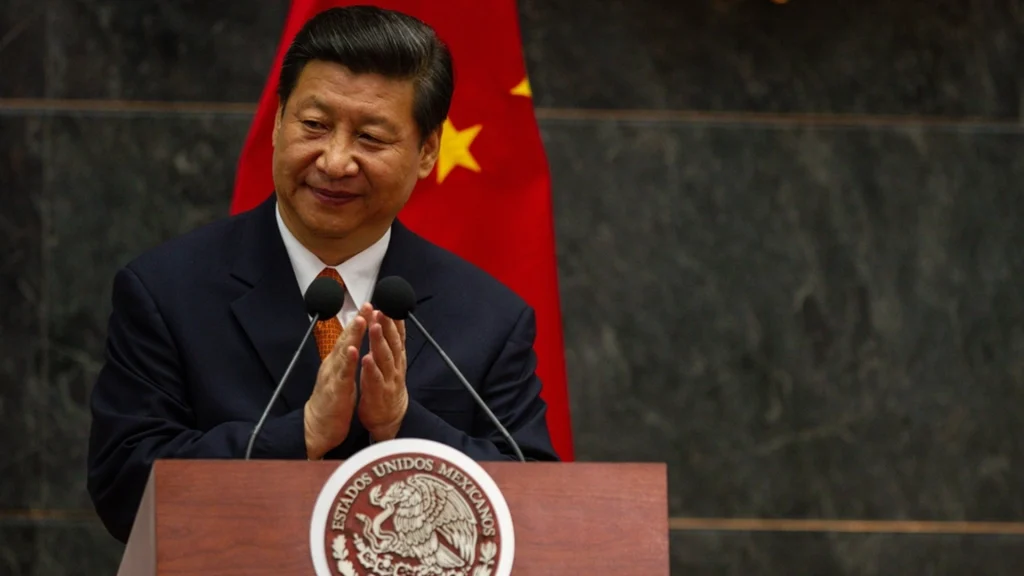
During his keynote speeh, Chinese leader Xi Jinping laid out his vision of a “Global South”, without giving many details though.
Also read
The summit in Beijing might be an alarming signal that nations all over the world are growing tired of an American president that changes his policies and/or actions as the wind blows.
Uncertainty is poison for the economy

Trying to navigate a geopolitical landscape where your ally is changing his/her opinions/actions several times a day, you seek a safe harbor.
It may not be the best option, but it’s safer for an economy to know what you’re dealing with rather than uncertainty.
China can profit from Trump’s threats
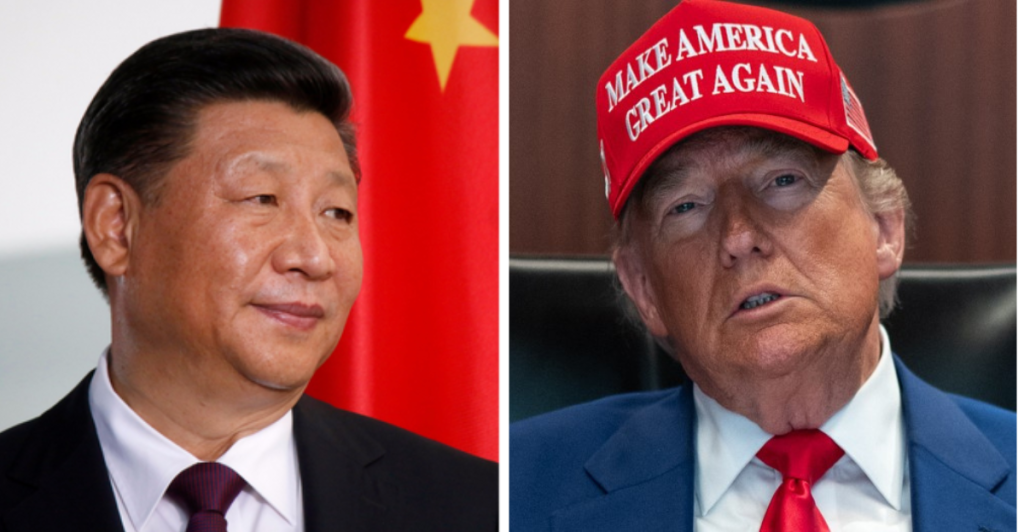
With his sweeping tariffs and secondary tariffs, Trump might have caused excactly what he tried to avoid: Giving China a boost as a new global superpower.
There is a risk that countries around the world will look at The White House and seek a safer, more reliant partner – and that is what China is now offering.

